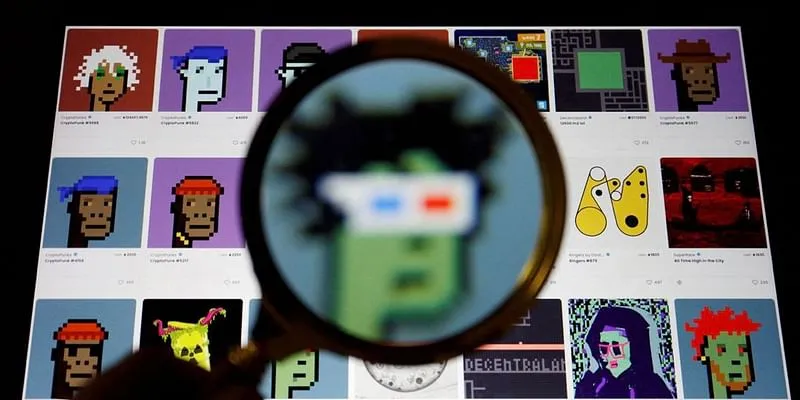Rise of fine art NFTs as an alternative investment opportunity
Today, works by renowned artists like Leonardo da Vinci, Sacha Jafri, M.F. Husain, and many more are tokenised and made easily accessible to art lovers.
The birth of artwork is an expression of beauty, and ownership, a sign of belonging. Fine art NFTs (non-fungible tokens) promise a significant revolution in the creative sector.
Its emergence marks the start of a process that will seem commonplace to future generations. The early NFT art community has been working hard to establish itself as a trustworthy, welcoming space to trade in the digital world that enhances the expression of beauty and belonging.
Pre-NFT to post-NFT era
The pre-NFT era had barriers that restricted ownership of fine art due to high ticket size, auction house fees, dependency on art connoisseurs, galleries, and long holding periods. Traditionally, families and institutions would pool wealth to buy physical artwork and follow a cumbersome process of ownership rights.
Now, digital transformation has changed how art is redistributed. Thanks to blockchain technology, physical artworks can now be tokenised and fractionalised into thousands of units, which can then be sold through dedicated platforms as discrete NFTs.
This is similar to owning an equity stake in a business, making it possible for multiple collectors to have fractional ownership of one piece rather than one owner of the entire painting.
These transactions are unique and recorded on a blockchain, and cannot be duplicated, thus making NFTs the preferred form of art ownership.
In the post-NFT era, blue chip master strokes from renowned artists like Leonardo da Vinci, Sacha Jafri, M.F. Husain, and many more are being tokenised and made easily accessible to art lovers, with much less friction, service fees, gas (transaction) fees, and without any intermediaries and middlemen.
Pictorially and thematically, fine art NFTs can improve the viewer's interaction with the artwork, knowledge of the creators and their creative side and, perhaps, even a glimpse at how a particular painting was created. The intrinsic worth of fine art NFTs is primarily based on their aesthetic and artistic relevance.
Moreover, traditional artists frequently focus on incorporating dynamism and new ideas into their art pieces. NFT animation makes this aspect come to life, offers an artwork a new depth, and intensifies the artist's emotions.

Rise of NFT art collectors
The pandemic rocked the art world and paved the way for online concerts and virtual galleries. Furthermore, people's growing inclination toward the 'different' prompted acceptance of fine art NFTs and the metaverse.
Flexibility and potential compounding opportunities in terms of valuation have resulted in the rise in fine art NFT collectors, as the geographical barriers to traditional art are absent in most cases.
An online survey revealed that 50% of art collectors hold NFT works, and 63% have been collecting NFTs since 2021. According to 90% of respondents, one of the most crucial considerations when buying art NFTs is the admiration of the artwork. Additionally, these collectors also anticipate greater valuations of the tokens in the future.
The democratising nature of NFTs is driving the rising attention among art collectors, especially the youth.
Fine art NFTs will gain acceptance as a viable medium among artist and collector communities as artists democratise their artwork by earning royalties, collectors have partial selling opportunities to liquidate their assets, and NFT minters earn a special minter royalty that ensures perpetual revenues on future trades.
The fine art business is being irreversibly revolutionised by blockchain technology, which is why fine art NFTs are here to stay for the long haul.
Edited by Saheli Sen Gupta
(Disclaimer: The views and opinions expressed in this article are those of the author and do not necessarily reflect the views of YourStory.)







